News
EPJ B Highlight - Understanding speech with a new model of word recognition
- Details
- Published on 15 April 2025

Researchers found some surprising differences in the way humans handle long and short words
A new dynamical model of speech recognition has revealed the very different ways that humans perceive short and long words in everyday speech. The authors of the research published in EPJ B, Jean-Marc Luck of the Université Paris-Saclay and Anita Mehta, formerly of the Faculty of Linguistics, Oxford and currently at St Catherine’s College, University of Oxford, take a radically different approach to speech perception.
EPJ Plus Highlight - Unexpected Instability in a Rapid Cycling Synchrotron
- Details
- Published on 15 April 2025
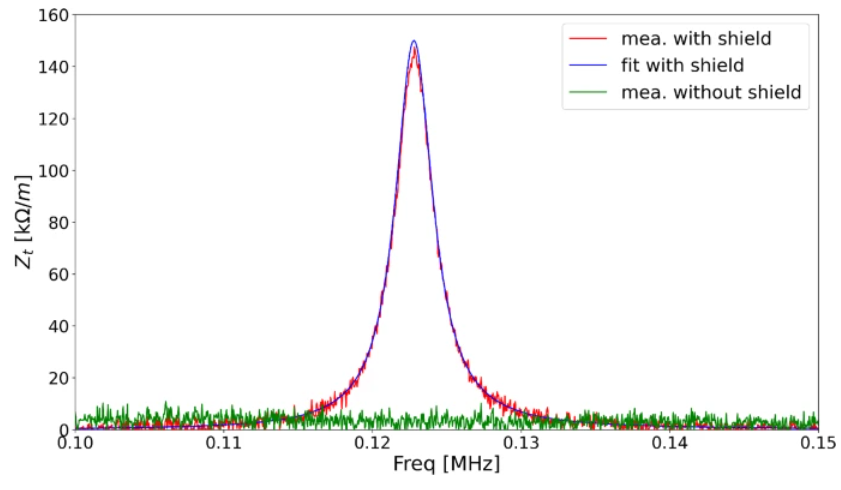
Researchers at the Chinese Academy of Sciences in Beijing have shown that simplified models of radio-frequency shielding in the CSNS synchrotron had missed the narrow-band impedance that led to loss of power in the beam.
The China Spallation Neutron Source (CSNS), located in Guangdong, China, includes a linear accelerator, a rapid cycling synchrotron, two beamlines and a target that provide high-energy neutron, proton and muon beams for a wide variety of applications. As the power of the beams increased, scientists observed that an unexpected instability in the impedance at the synchrotron led to substantial beam loss. A group of physicists based at the Institute of High Energy Physics, Chinese Academy of Sciences, Beijing and at the synchrotron, and led by Professor Sheng Wang, have tracked down the source of the instability and discovered how to mitigate it. This work has now been published in EPJ Plus.
EPJ E Highlight - A metareview of active matter research
- Details
- Published on 15 April 2025
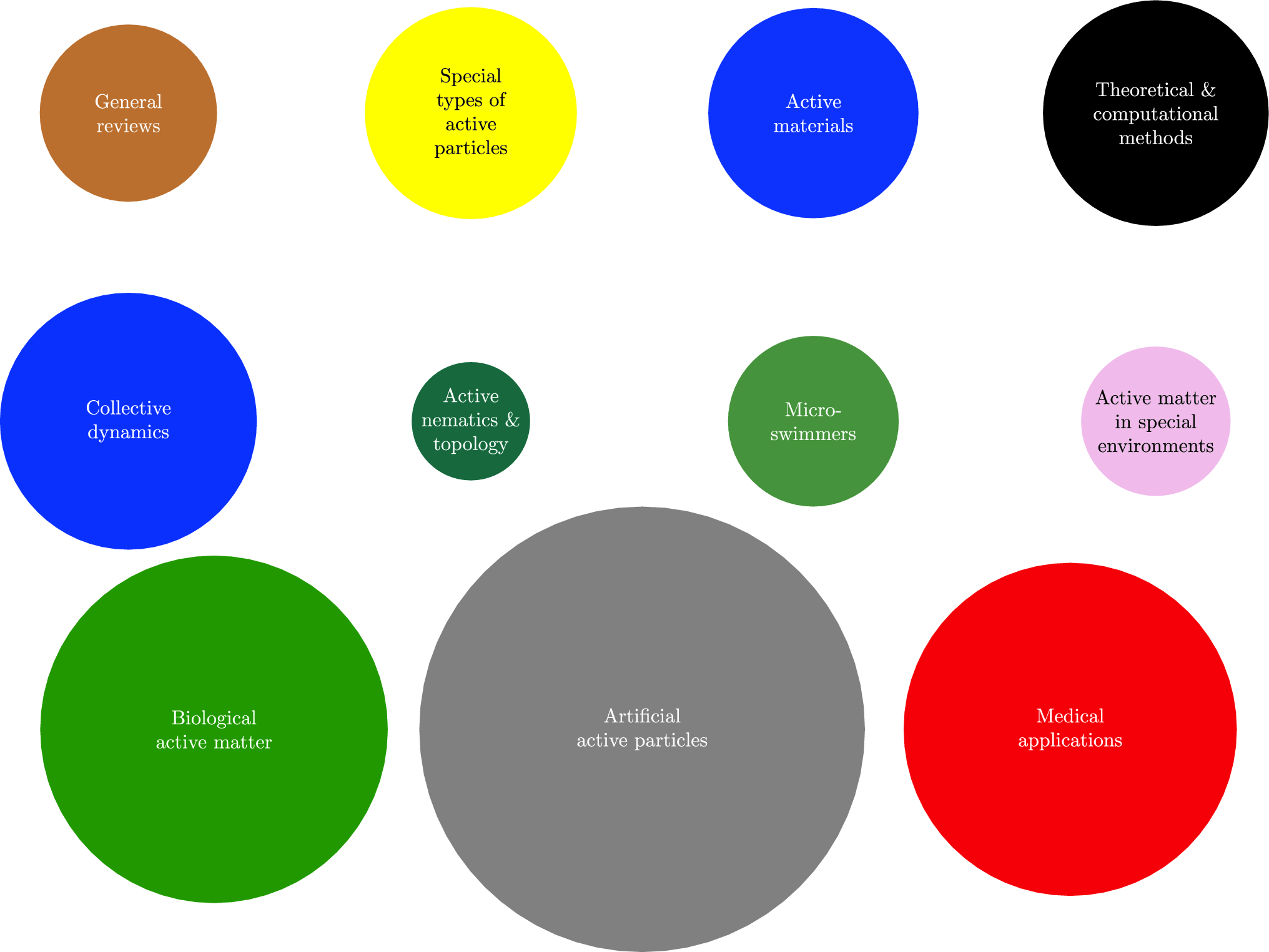
This paper presents a ‘review of reviews’ of the rapidly growing and diversifying field of active matter research, providing a valuable overview of the field as a whole
Active matter is a term describing systems of particles which harvest the energy in their surrounding environment, usually to propel themselves forward. With examples including flocks of birds, bacteria colonies, and swimming microrobots, active matter can show deeply complex behaviours, which can be exploited for real-world applications.
In recent years, researchers have shown a rapidly growing interest in active matter – with over 1,000 reviews on the topic being published to date. Yet with this growing interest, the field has been divided into an increasingly diverse range of subfields, and it is now becoming increasingly difficult to gain an overview of the field as a whole.
EPJ Plus Focus Point Issue: The Magic of Glass
- Details
- Published on 11 April 2025

Guest Editors: Giancarlo C. Righini, Luisa Cifarelli & Francesco Noferini
Glass is a magical material, one that offers a unique flexibility of design regarding its composition, which in turn allows its optical, mechanical, thermal and electrical properties to be tailored. Thanks to these qualities, it has not only made substantial contributions to the advancement of science (from astronomy and microscopy to modern photonics) but also offers artists an exceptional medium that can be creatively modelled and shaped. This Focus Point explores various aspects of glass science and technology, with contributions addressing: sustainability in industrial glass manufacture; a Raman study on the structure of volcanic glasses; glass artefact conservation; glass for photonics; medium infrared fibre lasers; a whispering gallery modes microlaser; optical and spectroscopic characterization of rare-earth-doped glasses and bioglasses; and glass for particle physics detectors. Though by no means exhaustive, the aim of this Focus Point is to give readers an idea of the various and varied areas of physics and chemistry where glass is an indispensable material.
The articles included in this Focus Point Issue are available here and are freely accessible until 10 June 2025. For further information read the Editorial.
Alessandra Fantoni joins the EPJ Scientific Advisory Committee (SAC)
- Details
- Published on 07 April 2025
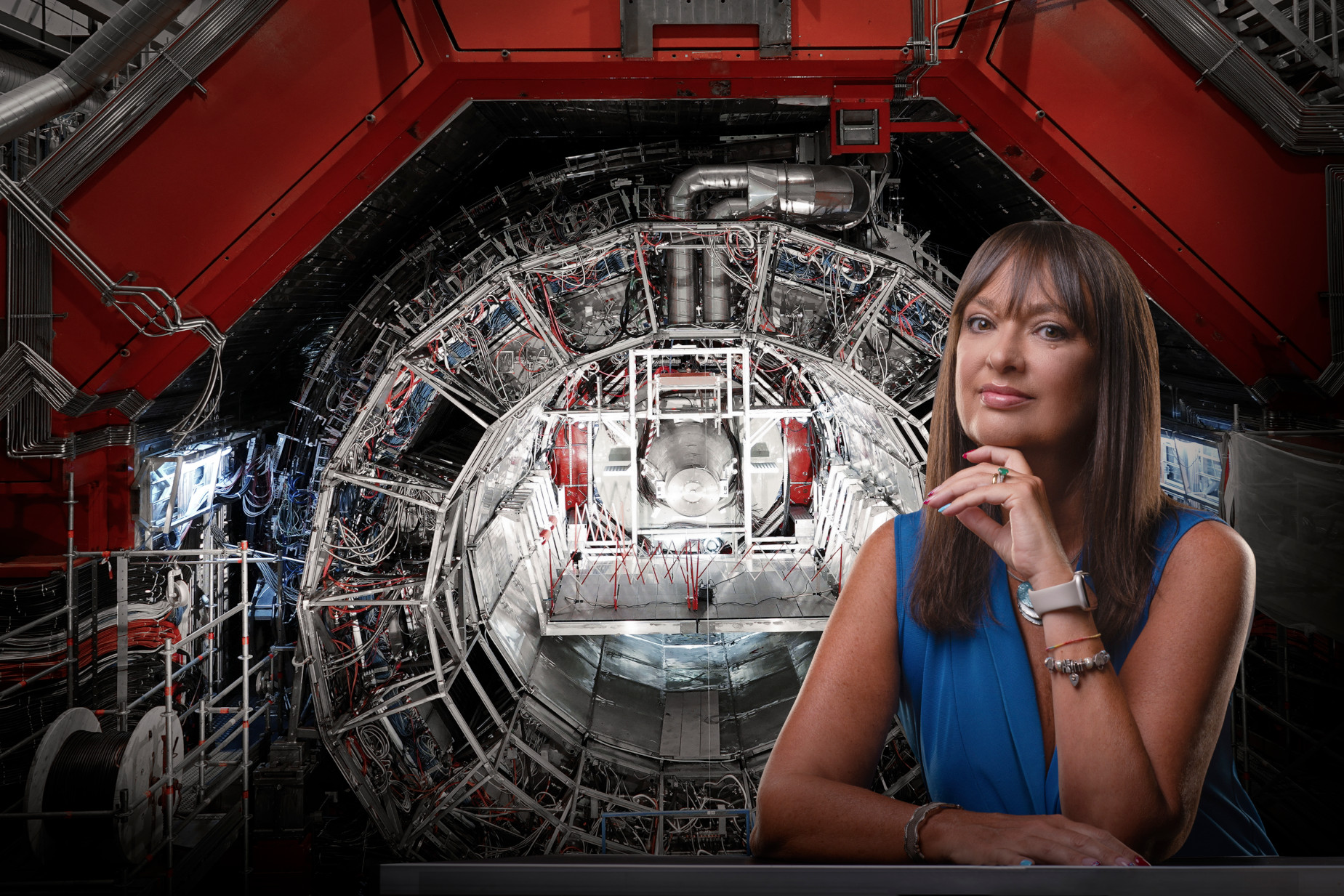
The Steering Committee of EPJ is delighted to welcome Alessandra Fantoni, as the new representative of the European Physical Society.
Professor Alessandra Fantoni is a Senior Researcher at the INFN Frascati National Laboratories (LNF).
She has been involved in the HERMES experiment at DESY since its inception in 1992, initially as a PhD student working on the construction of the electromagnetic calorimeter.
Her role evolved over time, and she eventually became the Run Coordinator in 2007, as well as the Technical Coordinator and Deputy Spokesperson.
After the closure of HERA, she joined the ALICE Collaboration to study nuclear collisions at the ultra-relativistic energies provided by the LHC.
Within ALICE, she served as the European and EuroAsian Coordinator for EMCAL (2008-2010) and for DCAL (2010-2012), as well as the Deputy Project Leader for the electromagnetic calorimeters (2012-2022).
She has also been involved in the upgrade of the Inner Tracking System (ITS2) since 2015, overseeing the construction of staves for the Outer Barrel at LNF.
The new ITS2 was successfully installed in 2021 during the LHC Long Shutdown 2.
She was an elected member of the ALICE Management Board (2020-2022) and will serve as the next ALICE Collaboration Chair from July 2025 to June 2028.
Currently, she is the Chair of the European Physical Society (EPS) Nuclear Physics Division, having previously served as the Scientific Secretary (2021-2022) and Deputy Chair (2023). She is an elected member of the EPS Executive Committee since May 2023.
EPJ Data Science Highlight - Identifying inequality in the velocity of cryptocurrency
- Details
- Published on 04 April 2025

Analysis of a new framework for tracking cryptocurrency velocity reveals deep inequalities, driven not just by wealth but by economic behaviours of individuals
The ‘velocity of money’ describes the number of times a unit of currency is used to purchase goods or services within a given time period – or in other words, the number of times that money is changing hands. The quantity is a key indicator of the behaviours of economies as a whole – but today, researchers are still uncertain as to how the concept translates to the fast-growing field of cryptocurrency.
Through new analysis published in EPJ Data Science, Francesco Maria De Collibus and colleagues at the University of Zurich investigate a newly developed framework for measuring the velocity of cryptocurrencies – named ‘MicroVelocity’. Their analysis reveals that many of the same inequalities in wealth distribution found in the economy as a whole are also reflected in MicroVelocity.
EPJ D: Holger Kersten appointed Editor-in-Chief
- Details
- Published on 04 April 2025

The European Physical Journal D (EPJ D) is glad to announce that Prof. Holger Kersten (Kiel University, Germany) has been appointed as one of the Editors-in-Chief for the journal starting on January 1st, 2025.
Prof. Kersten’s experience and standing in the field will be invaluable to lead and develop the journal together with the other two Editors-in-Chief Prof. Almut Beige and Prof. Sylwia Ptasinska.
The publishers - EDP Sciences, Springer Nature, and the Italian Physical Society - wish to thank Prof. Joachim Burgdörfer for the great work and effort he demonstrated in leading the journal over the past years.
EPJ A Topical Collection: From Reactors to Stars
- Details
- Published on 03 April 2025
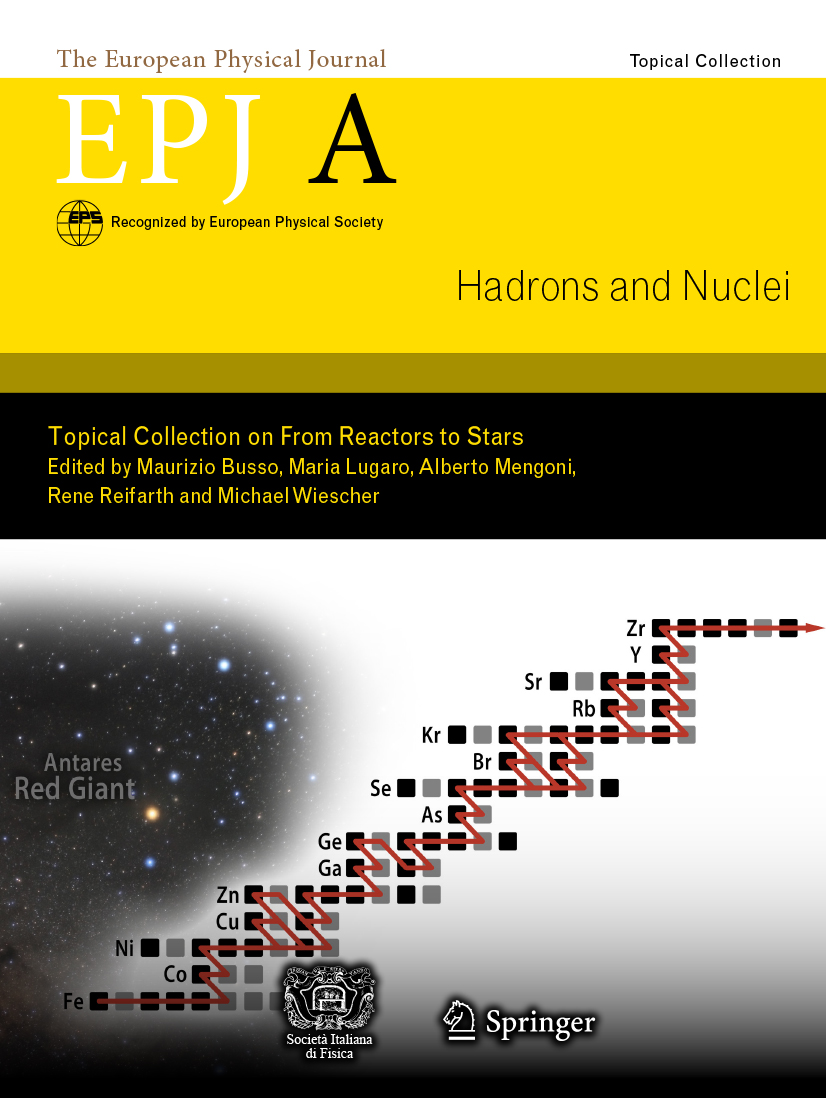
Guest Editors: Maurizio Busso, Maria Lugaro, Alberto Mengoni, Rene Reifarth and Michael Wiescher
The EPJA Topical Collection “From reactors to stars" is dedicated to the life and work of Dr. Franz Käppeler who died on 20 November 2021, after a short illness. He was one of the leading experimentalists in the field of experimental nuclear astrophysics in Germany and worldwide for decades. Many of the authors of this volume knew Franz personally and many others were directly or indirectly inspired by his work and personality. All publications in this volume report on current research and are not necessarily actual work by Dr. Käppeler.
The articles included in the Topical Collection are available here and are freely accessible until 31 May 2025. For further information read the Editorial.
EPJ D Topical Issue - Electron and positron interactions and their applications: a tribute to Professor Michael Brunger
- Details
- Published on 21 March 2025
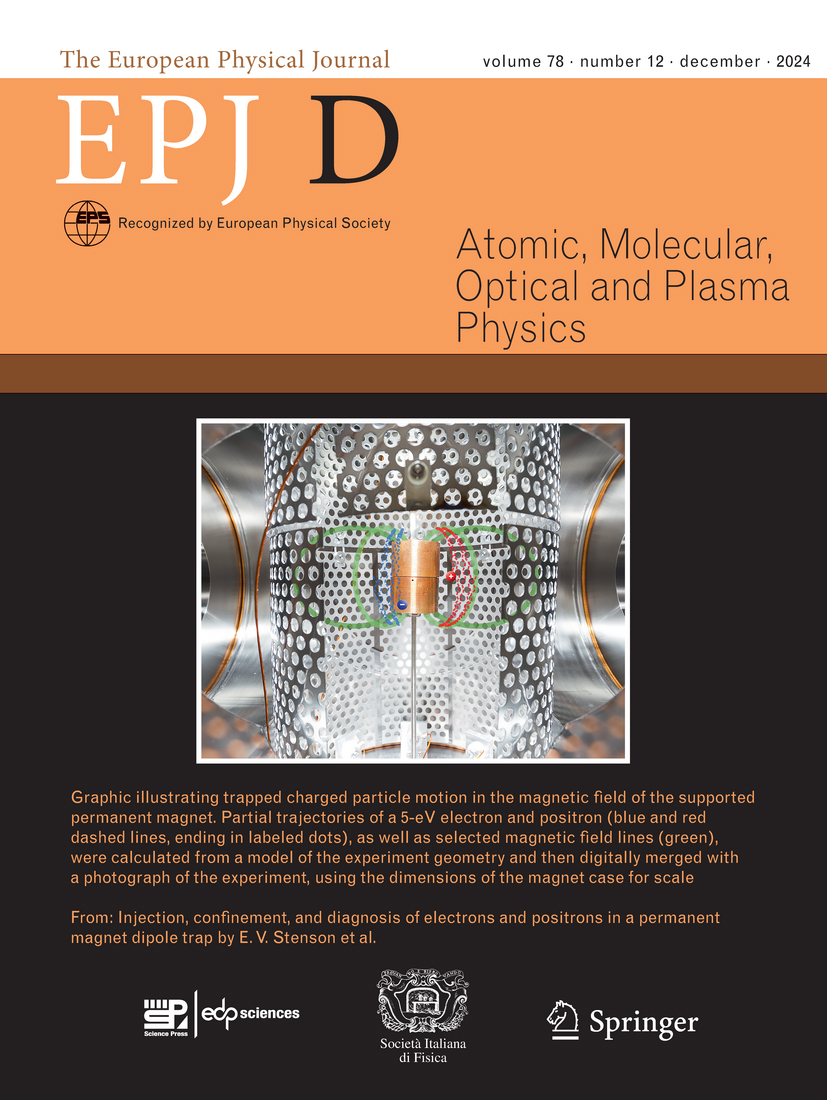
Guest editors: Márcio Henrique Franco Bettega, Stephen Buckman, Dragana Maric, Sylwia Ptasinska, Ron White
The Topical issue "Electron and Positron Interactions and Their Applications" is a collection of 27 scientific contributions that honor the exceptional scientific career of our colleague, friend, and collaborator the late Professor Michael James Brunger. The contributions that have been published in this volume are related to the recent state-of-art experimental and theoretical developments and applications in the field of Atomic and Molecular Physics, which include electron, positron, positronium, and photon interactions with atoms, molecules, and crystals. This topical issue received contributions from more than eighty authors and co-authors from sixteen different countries and/or affiliated institutions. Professor Michael J. Brunger was co-author in two of these contributions. Processes such as elastic and electronic inelastic collisions, ionization, and dissociative electron attachment were investigated by different experiments and theoretical methods covering applications in biology, plasma physics, and atmospheric science.
All articles are available here and are freely accessible until 18 May 2025. For further information read the Editorial.
EPJ E Highlight - Understanding arrangements of suspended particles in reversing flows
- Details
- Published on 13 March 2025
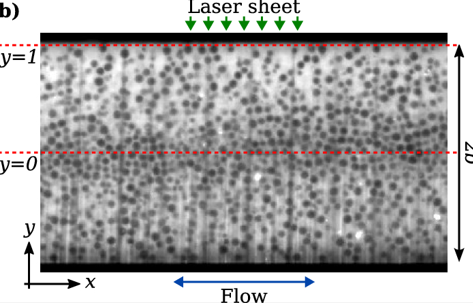
Experiments reveal new insights into how suspended particles rearrange themselves when the flow direction of their suspending fluid is reversed
When particles are suspended in viscous fluids of the same density, their distribution becomes uneven as the fluid is subjected to straining flows. This affects the suspension’s viscosity, especially during flow reversals. Yet although this behaviour is well understood in steady, uniform flows, less is known about how the microstructures of fluid suspensions will evolve in more complex scenarios.
Through new experiments detailed in EPJ E, a team led by Irene Ippolito at the University of Buenos Aires and Georges Gauthier at the University of Paris-Saclay have uncovered new insights into this evolving structure when a suspension’s flow direction is periodically reversed within a narrow gap.




